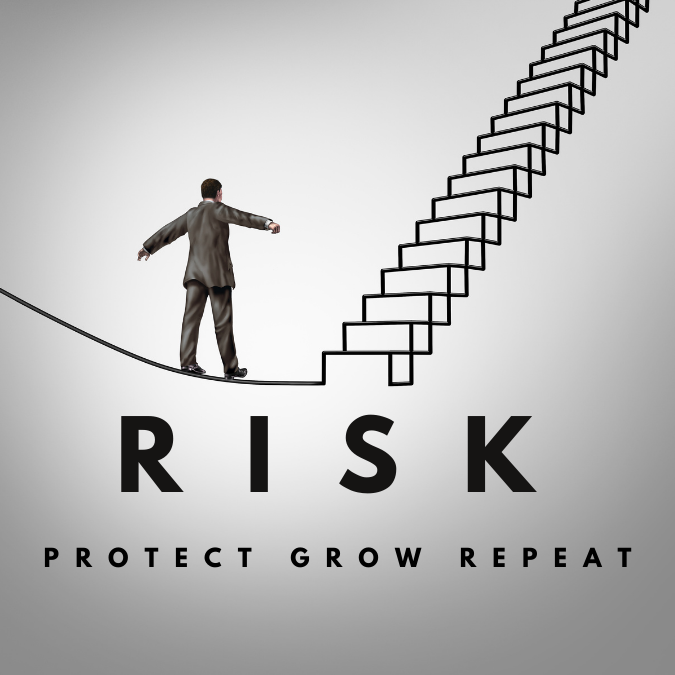The risk management process is a systematic approach to identifying, assessing, and addressing risks that could impact an organization or individual. Here’s a breakdown of the key steps:
- Risk Identification: The first step involves pinpointing potential risks that could affect your goals or operations. Examples include market risks, operational risks, or health-related risks.
- Risk Assessment: Once identified, evaluate the likelihood and impact of each risk. Prioritize risks based on their severity to focus on the most critical areas.
- Risk Mitigation Planning: Develop strategies to reduce or eliminate risks. This might include implementing safety protocols, purchasing insurance, or diversifying investments.
- Implementation: Put the mitigation plans into action. Ensure all stakeholders understand their roles and responsibilities in executing these strategies.
- Monitoring and Review: Regularly review and update your risk management plan. Risks evolve, so it’s essential to stay proactive and adjust strategies as needed.
- Communication: Effective communication is vital throughout the process. Ensure stakeholders are informed of risks and the measures in place to address them.
By following this structured approach, individuals and businesses can effectively manage uncertainties, protect their assets, and achieve their goals with confidence.

